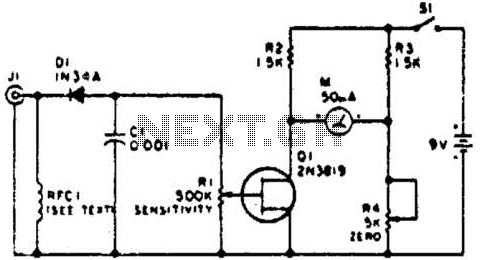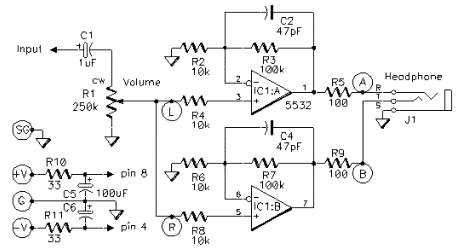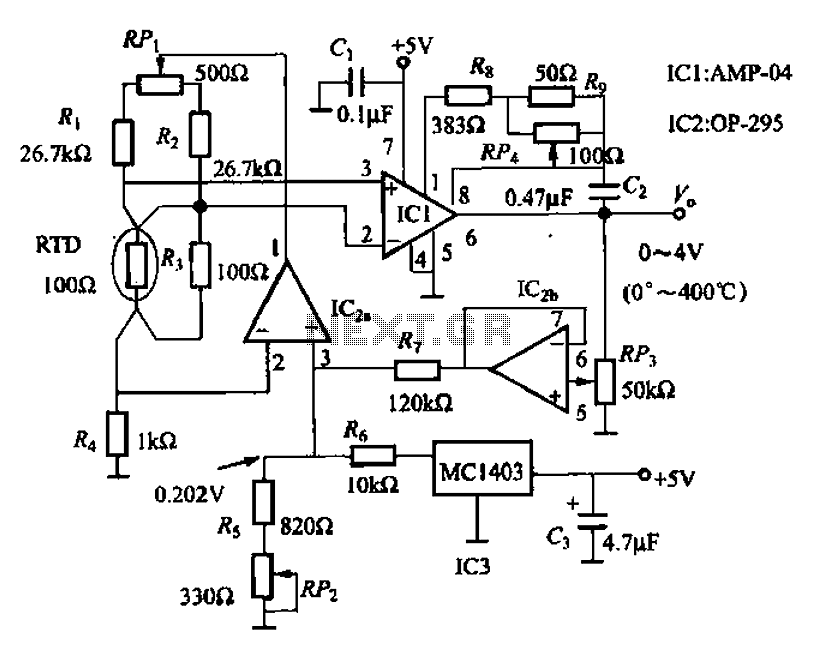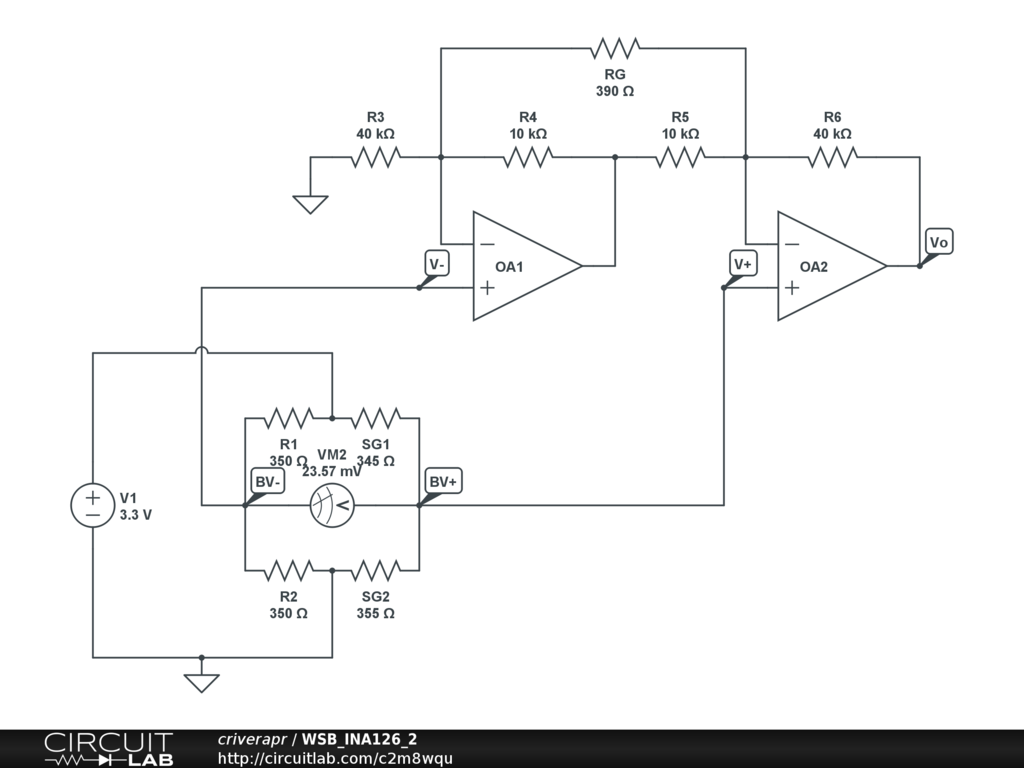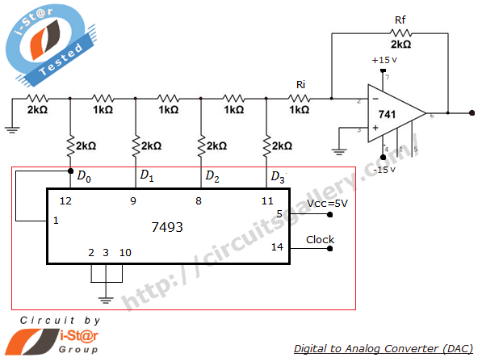
Glowing Hybrid Amp
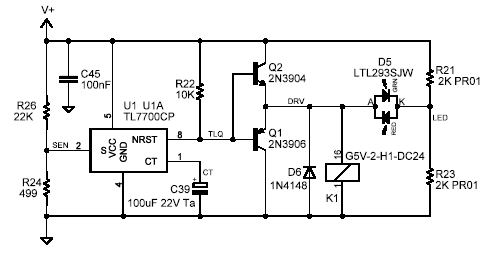
This unique amplifier was designed and built for the European Triode Festival in 2007, focusing on "White Light" amplifiers that utilize thoriated tungsten tubes. Due to the impracticality of transporting a large tube amplifier from the US to Europe, a design was created that employs a solid-state power output stage combined with a small thoriated tube as a voltage amplifier. After experimenting with various small tubes, the 703A was selected. This small UFO-shaped triode, originally intended for radar jamming, proved to be an effective low-level amplifier when operated with a B+ of 48V and a ~1mA constant current source plate load. The circuit incorporates TI (Burr-Brown) OPA548 power operational amplifiers to drive the speakers, with a power supply of +/-24V generated from Vicor DC/DC converter modules. The filament voltage of 1.15V is provided by isolated DC/DC converters derived from the +/-24V DC supply, featuring significant common mode filtering. The amplifier is designed to emulate the sound of a single-ended 300B amplifier, producing approximately 20 watts into 8 ohms, with an output source impedance of 1 ohm to mimic a tube amplifier's characteristics. The total harmonic distortion (THD) is around 0.3% to 0.5% at 1 watt output, predominantly consisting of second harmonic distortion, typical for single-ended tube amplifiers. An FFT analysis of the output reveals a second harmonic dominance, with crossover distortion from the solid-state output stage extending to 20kHz, albeit at a level of 90dB down from the measurement floor of -135dB. The power supply incorporates Vicor modules, including an IAM AC input module for filtering and rectification, and two JI-J53-EW modules that convert rectified 120VAC to +/-24V. The mechanical design and fabrication were complex, featuring a chassis constructed from maple in a "U" shape with box joints, alongside aluminum extrusions and sheets. Two heatsinks are utilized, one for the power output stage and another for the power supplies. Detailed photos of the construction process are available, showcasing the internal layout where power op-amps are positioned at the top edge of the PCB, connected to a metal T-extrusion linked to one of the heatsinks. The Vicor converters are mounted at the bottom edge of the PCB, attached to the second heatsink. The filament converters and common mode chokes are located centrally, while a bi-color LED indicates the operational status, initially red and changing to green after the speaker muting delay.
The amplifier's circuit design integrates several key components that enhance its performance and reliability. The choice of the 703A tube is critical due to its characteristics that lend themselves to low-level amplification, providing a warm and rich sound profile typical of tube amplifiers. The use of solid-state components in the output stage allows for a more compact design while maintaining the sonic qualities associated with tube amplification.
The power supply design is particularly noteworthy, utilizing Vicor DC/DC converters that ensure stable voltage levels and efficient power management. The +/-24V output is essential for the operation of the OPA548 op-amps, which are known for their high output current capabilities and low distortion, making them suitable for driving speakers effectively.
The mechanical design emphasizes both functionality and aesthetics, with the maple chassis providing a visually appealing and robust structure. The use of aluminum extrusions allows for effective heat dissipation, ensuring that the amplifier operates within safe temperature limits. The incorporation of heatsinks for both the power output stage and power supply modules is a critical design consideration, as it prevents thermal overload and enhances the longevity of the components.
Overall, this amplifier exemplifies a thoughtful blend of vintage tube technology with modern solid-state engineering, resulting in a unique audio device that captures the essence of classic sound while leveraging contemporary design principles. The detailed construction and careful selection of components reflect a deep understanding of audio engineering, resulting in a product that is both functional and aesthetically pleasing.This odd little amp was something I designed and built for a shootout at the European Triode Festival in 2007. The topic was "White Light" - amplifiers that use thoriated tungsten tubes. Some great photos of the event can be found here and here. Since it`s impractical to tote an enormous tube amp from the US to Europe, I decided on an approach th
at uses a solid-state power output stage and a small thoriated tube as a voltage amp. I tried out just about all the small tubes of this type that I could find, and wound up using the 703A. The 703A is a small UFO-shaped triode designed for radar jammer service. I found that it made a pretty decent low-level amp when run with a B+ of 48V and a ~1mA CCS plate load (!), so that`s what you find in this circuit.
It is coupled to TI (Burr-Brown) OPA548 power op-amps, which drive the speakers. Power is +/-24V, generated from some Vicor DC/DC converter modules. The 1. 15V filament is supplied by another pair of isolated DC/DC converters, running form the +/-24V (48V) DC supply, with significant common mode filtering. I set the amplifier up to sound somewhat like a single-ended 300B amp. It puts out about 20 watts into 8 ohms, and has an artificially high (for a solid-state output stage) output source impedance of 1 ohm, to emulate a tube amp output.
It has about 0. 3% - 0. 5% THD at 1 watt output, dominated by 2nd harmonic, as a single-ended tube amp should be. And finally an FFT of the output. Dominated by 2nd harmonic, like a SE tube amp. but there are crossover distortion products from the solid-state output stage that extend all the way to 20kHz, albeit 90dB down. Note the measurement floor is -135dB! The power supply uses Vicor modules: An IAM AC input module (filter and rectifier with some supervisory functions) and two JI-J53-EW modules, which turns rectified 120VAC into 24V.
One is connected for +24 and the other -24. The mechanical design and fabrication of this took me a very long time. it`s pretty complicated. The chassis is made from a maple "U"-shape (with box joints, no less!), and aluminum extrusions and sheets. There are two heatsinks, one for the power output stage and one for the power supplies. Here`s what it looks like in AutoCAD: Below are a number of detailed photos showing the construction.
The photos are 640x480 and are hyperlinked to original full-size pictures if you click on them. Inside view. power opamps are at the top edge of the PCB connected to a big metal T-extrusion that is connected to one of the two heatsinks. The Vicor converters are at the bottom edge mounted on the opposite side of the PCB, so they can attach to the second heatsink.
Filament converters and common mode chokes (big black square things) are seen in the center. Here is a view of the top side of the PCB. You can see the Vicor modules and the "home made" tube sockets. The white LED you see is a bi-color LED that starts out red, then after the speaker muting delay times out, changes to green. The next two photos show how the sockets work. First, PCB socket pins are soldered into the board. Small Teflon spacers and silicone o-rings are added to the outermost pins to act as spacers/supports.
🔗 External reference
The amplifier's circuit design integrates several key components that enhance its performance and reliability. The choice of the 703A tube is critical due to its characteristics that lend themselves to low-level amplification, providing a warm and rich sound profile typical of tube amplifiers. The use of solid-state components in the output stage allows for a more compact design while maintaining the sonic qualities associated with tube amplification.
The power supply design is particularly noteworthy, utilizing Vicor DC/DC converters that ensure stable voltage levels and efficient power management. The +/-24V output is essential for the operation of the OPA548 op-amps, which are known for their high output current capabilities and low distortion, making them suitable for driving speakers effectively.
The mechanical design emphasizes both functionality and aesthetics, with the maple chassis providing a visually appealing and robust structure. The use of aluminum extrusions allows for effective heat dissipation, ensuring that the amplifier operates within safe temperature limits. The incorporation of heatsinks for both the power output stage and power supply modules is a critical design consideration, as it prevents thermal overload and enhances the longevity of the components.
Overall, this amplifier exemplifies a thoughtful blend of vintage tube technology with modern solid-state engineering, resulting in a unique audio device that captures the essence of classic sound while leveraging contemporary design principles. The detailed construction and careful selection of components reflect a deep understanding of audio engineering, resulting in a product that is both functional and aesthetically pleasing.This odd little amp was something I designed and built for a shootout at the European Triode Festival in 2007. The topic was "White Light" - amplifiers that use thoriated tungsten tubes. Some great photos of the event can be found here and here. Since it`s impractical to tote an enormous tube amp from the US to Europe, I decided on an approach th
at uses a solid-state power output stage and a small thoriated tube as a voltage amp. I tried out just about all the small tubes of this type that I could find, and wound up using the 703A. The 703A is a small UFO-shaped triode designed for radar jammer service. I found that it made a pretty decent low-level amp when run with a B+ of 48V and a ~1mA CCS plate load (!), so that`s what you find in this circuit.
It is coupled to TI (Burr-Brown) OPA548 power op-amps, which drive the speakers. Power is +/-24V, generated from some Vicor DC/DC converter modules. The 1. 15V filament is supplied by another pair of isolated DC/DC converters, running form the +/-24V (48V) DC supply, with significant common mode filtering. I set the amplifier up to sound somewhat like a single-ended 300B amp. It puts out about 20 watts into 8 ohms, and has an artificially high (for a solid-state output stage) output source impedance of 1 ohm, to emulate a tube amp output.
It has about 0. 3% - 0. 5% THD at 1 watt output, dominated by 2nd harmonic, as a single-ended tube amp should be. And finally an FFT of the output. Dominated by 2nd harmonic, like a SE tube amp. but there are crossover distortion products from the solid-state output stage that extend all the way to 20kHz, albeit 90dB down. Note the measurement floor is -135dB! The power supply uses Vicor modules: An IAM AC input module (filter and rectifier with some supervisory functions) and two JI-J53-EW modules, which turns rectified 120VAC into 24V.
One is connected for +24 and the other -24. The mechanical design and fabrication of this took me a very long time. it`s pretty complicated. The chassis is made from a maple "U"-shape (with box joints, no less!), and aluminum extrusions and sheets. There are two heatsinks, one for the power output stage and one for the power supplies. Here`s what it looks like in AutoCAD: Below are a number of detailed photos showing the construction.
The photos are 640x480 and are hyperlinked to original full-size pictures if you click on them. Inside view. power opamps are at the top edge of the PCB connected to a big metal T-extrusion that is connected to one of the two heatsinks. The Vicor converters are at the bottom edge mounted on the opposite side of the PCB, so they can attach to the second heatsink.
Filament converters and common mode chokes (big black square things) are seen in the center. Here is a view of the top side of the PCB. You can see the Vicor modules and the "home made" tube sockets. The white LED you see is a bi-color LED that starts out red, then after the speaker muting delay times out, changes to green. The next two photos show how the sockets work. First, PCB socket pins are soldered into the board. Small Teflon spacers and silicone o-rings are added to the outermost pins to act as spacers/supports.
🔗 External reference
